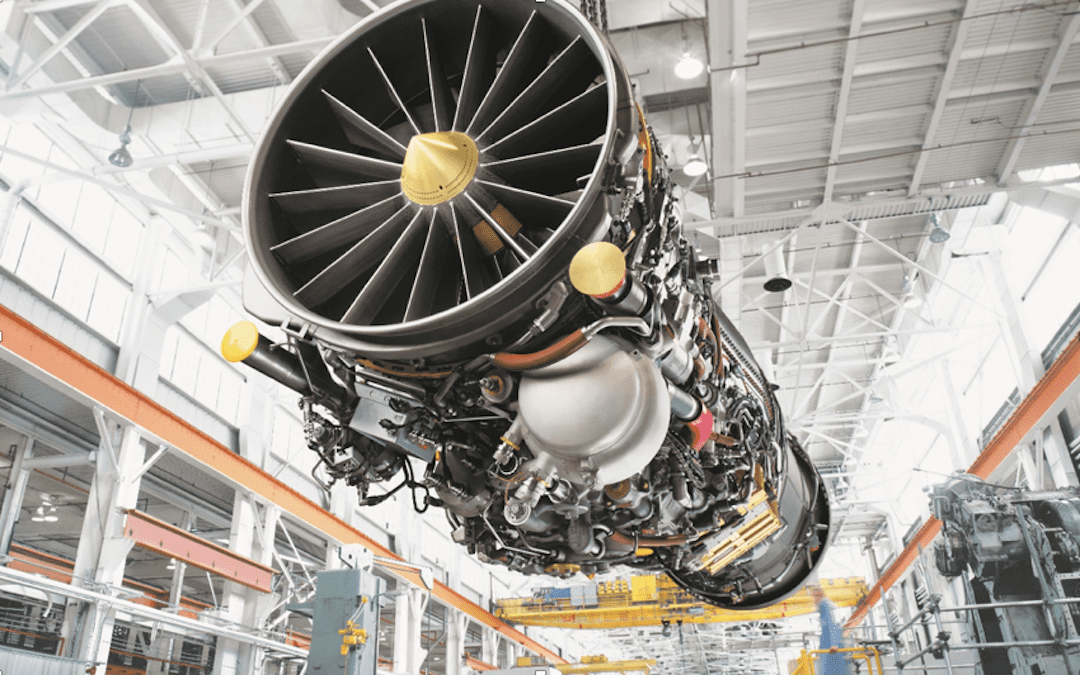SOURCE: RAUNAK KUNDE / NEWS BEAT / IDRW.ORG


The much-anticipated deal between General Electric (GE) and Hindustan Aeronautics Limited (HAL) for the transfer of 80% technology (ToT) related to the GE F414 engine is unlikely to be concluded this month, contrary to earlier predictions by HAL. A GE official, speaking to idrw.org, revealed that technical discussions are still underway and remain subject to review by the governments of both India and the United States.
This development suggests that negotiations could stretch into the coming months, potentially impacting the timelines for India’s indigenous fighter programs, including the Tejas MkII and the Advanced Medium Combat Aircraft (AMCA).
The proposed agreement between GE and HAL centers on the F414 engine, a high-performance turbofan that powers aircraft like the Boeing F/A-18E/F Super Hornet and the Saab Gripen E. India has selected the F414 to power its next-generation fighters, particularly the Tejas MkII, a 4.5-generation aircraft, and as a stopgap for the AMCA, a fifth-generation stealth fighter under development. The deal includes a significant 80% ToT clause, which would enable HAL to manufacture critical engine components domestically, marking a major step toward self-reliance in India’s defense sector.
Initially hailed as a landmark collaboration during Prime Minister Narendra Modi’s visit to the US in 2023, the deal has been touted as a key pillar of India’s Make in India initiative. The ToT arrangement is expected to cover technologies like advanced coatings, single-crystal turbine blades, and laser drilling—capabilities that would enhance India’s ability to produce and maintain high-performance jet engines locally. HAL had earlier expressed optimism about finalizing the agreement by March 2025, with expectations of rolling out the first locally produced engine within three years of signing.
However, the latest update from GE indicates that the process is far from complete. The GE official highlighted that technical discussions are still being ironed out, suggesting complexities in aligning expectations on technology sharing, manufacturing processes, and intellectual property rights. These discussions are critical, as they involve not just the transfer of blueprints but also training, tooling, and quality assurance protocols necessary for HAL to produce the F414 engines to GE’s standards.
Moreover, the deal remains under review by both the Indian and US governments, adding another layer of delay. For the US, the transfer of sensitive technologies like those embedded in the F414 engine falls under the International Traffic in Arms Regulations (ITAR), overseen by the Department of Commerce and subject to approval by Congress. The unprecedented level of ToT—80%—is higher than what the US typically offers even to its closest allies, necessitating a rigorous evaluation of risks, including potential reverse-engineering by adversaries or leakage of proprietary technologies. On the Indian side, the Ministry of Defence (MoD) and other stakeholders are likely reviewing the deal’s financial, strategic, and industrial implications, ensuring alignment with national priorities.
The delay in concluding the GE-HAL deal could have ripple effects on India’s fighter aircraft programs, particularly the Tejas MkII and AMCA. The Tejas MkII, an upgraded version of the Light Combat Aircraft (LCA), relies on the F414 engine’s 98 kN thrust to achieve superior performance over the F404-powered Tejas Mk1 and Mk1A variants. The MkII is expected to enter flight testing by 2026, with production slated for the late 2020s, but any slippage in engine availability could push these timelines further.
The AMCA program, India’s ambitious bid to develop a fifth-generation stealth fighter, also faces uncertainty. While the F414 is intended as an interim engine for the AMCA Mk1 (with plans for a more powerful 110 kN engine in the Mk2 variant), delays in securing a reliable powerplant could hamper development and testing schedules. The AMCA is seen as a critical asset to counter China’s growing fleet of stealth fighters like the J-20, and any setback in its timeline could affect India’s strategic deterrence posture.
Additionally, aligning manufacturing standards between GE and HAL is no small feat. HAL must establish production facilities, train personnel, and set up a supply chain capable of meeting GE’s stringent quality requirements—a process that requires meticulous planning and validation.
NOTE: Article cannot be reproduced without written permission of idrw.org in any form even for YouTube Videos to avoid Copy right strikes. Websites doing illegal reproductions will get DMCA and Legal Notices.